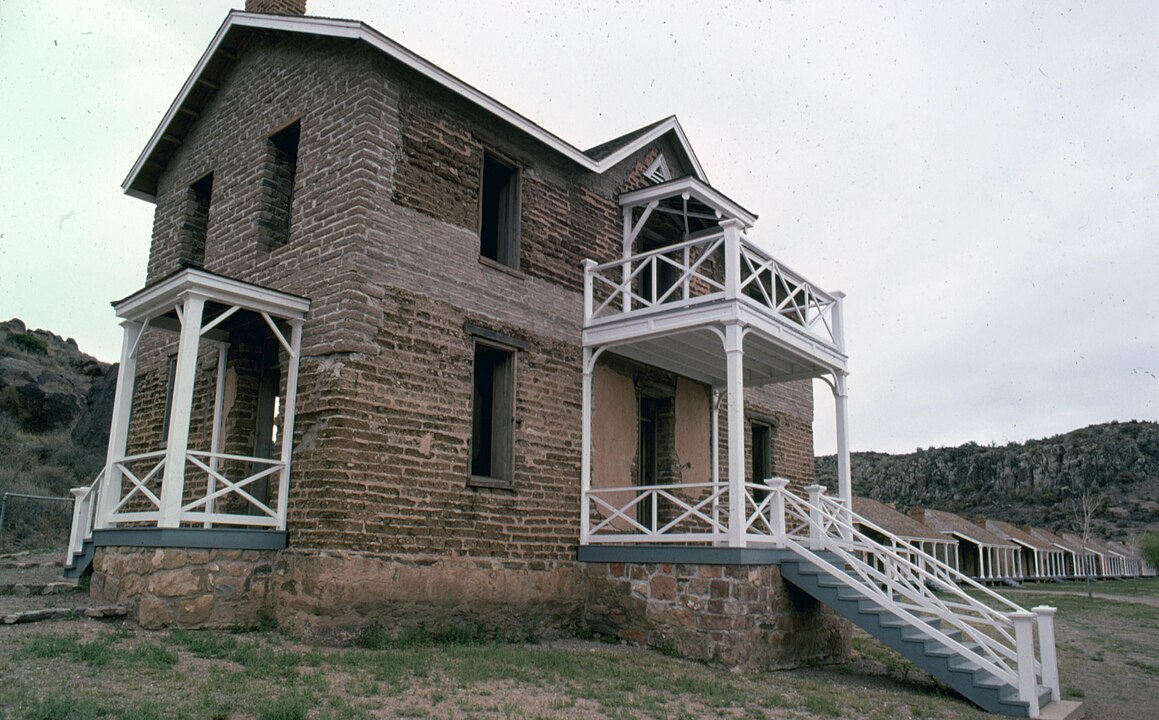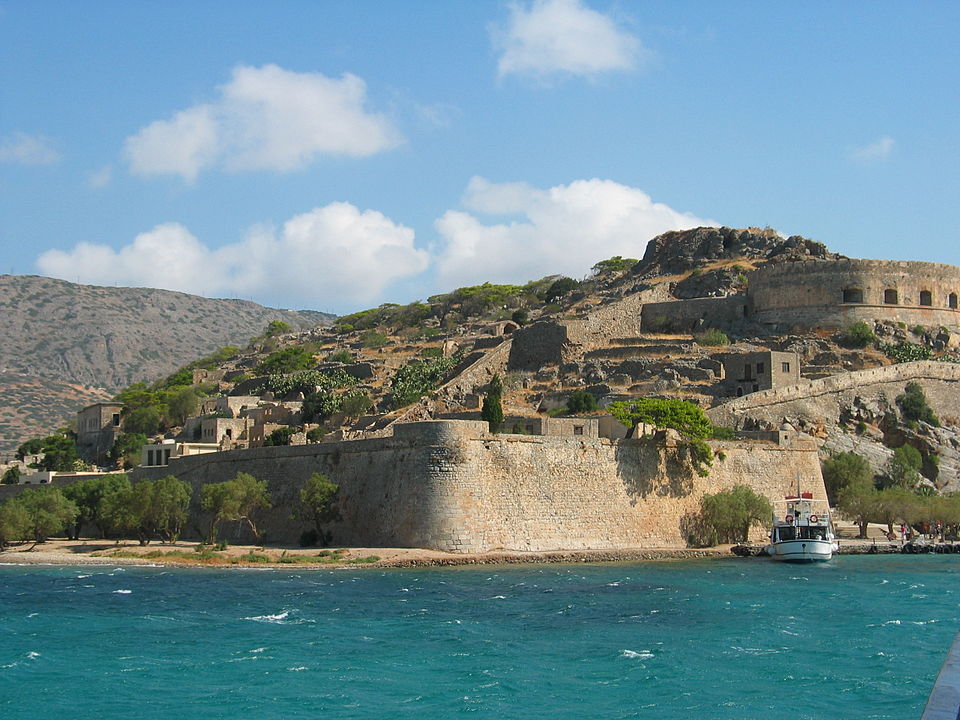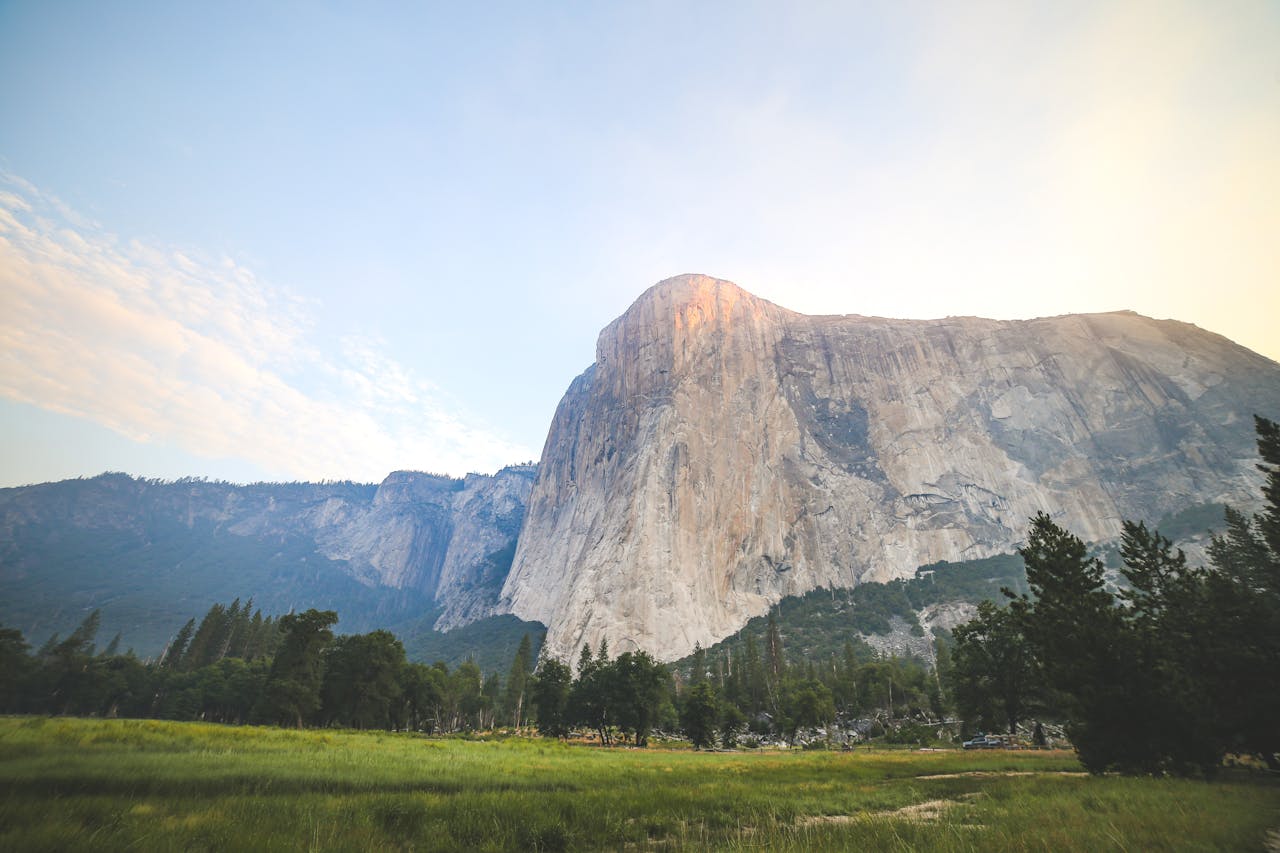History hides in quieter corners where buses rarely stop and rangers have time to talk. These places keep original walls, lived stories, and landscapes that do the explaining without the crowd pressing in. The pace slows, the context sharpens, and details that vanish at blockbuster sites actually land. What this really delivers is room to think and feel. The past arrives as people and choices, not just markers and dates. Here are nine sites that trade lines for lasting perspective.
Fort Bowie, Arizona
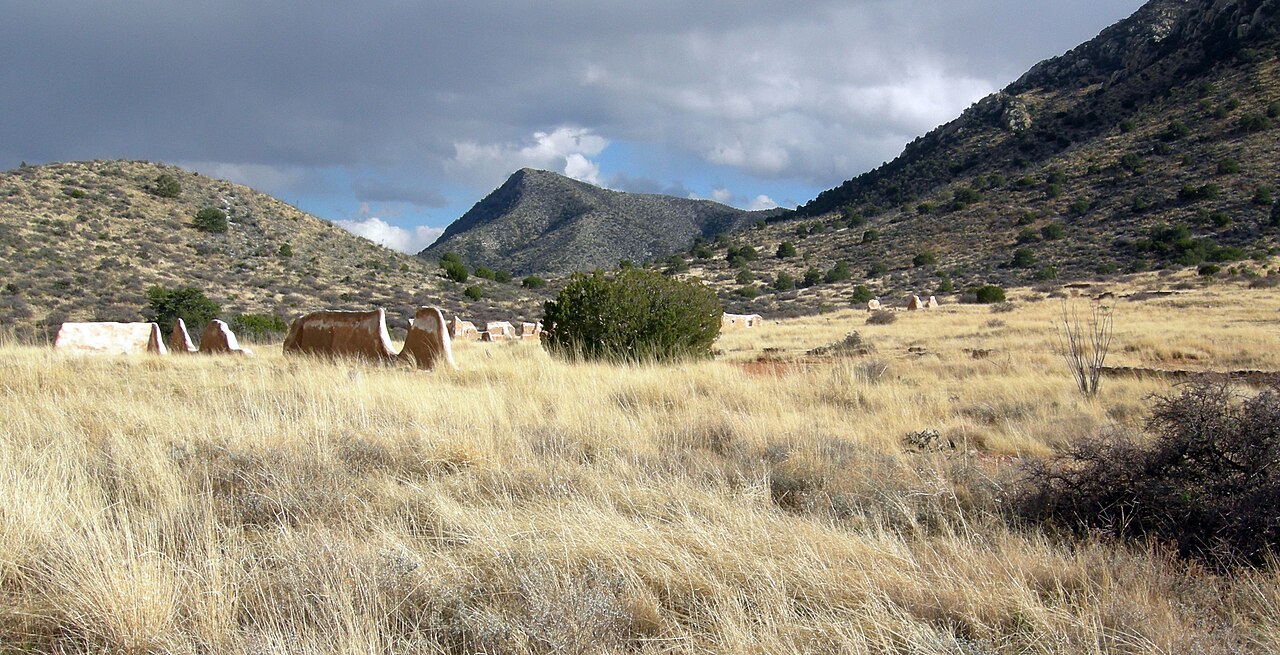
The walk in through Apache Pass does half the teaching. The route passes a Butterfield station, a post cemetery, and Apache Spring before adobe ruins rise from the grass. Incidents that changed everything, including the Bascom Affair and the 1862 battle, sit exactly where the ground funnels travel and water. With no parking lot at the fort, the landscape sets the tone. Wind carries bootsteps, and the story feels owned by the canyon rather than by a sign.
Fort Davis, Texas
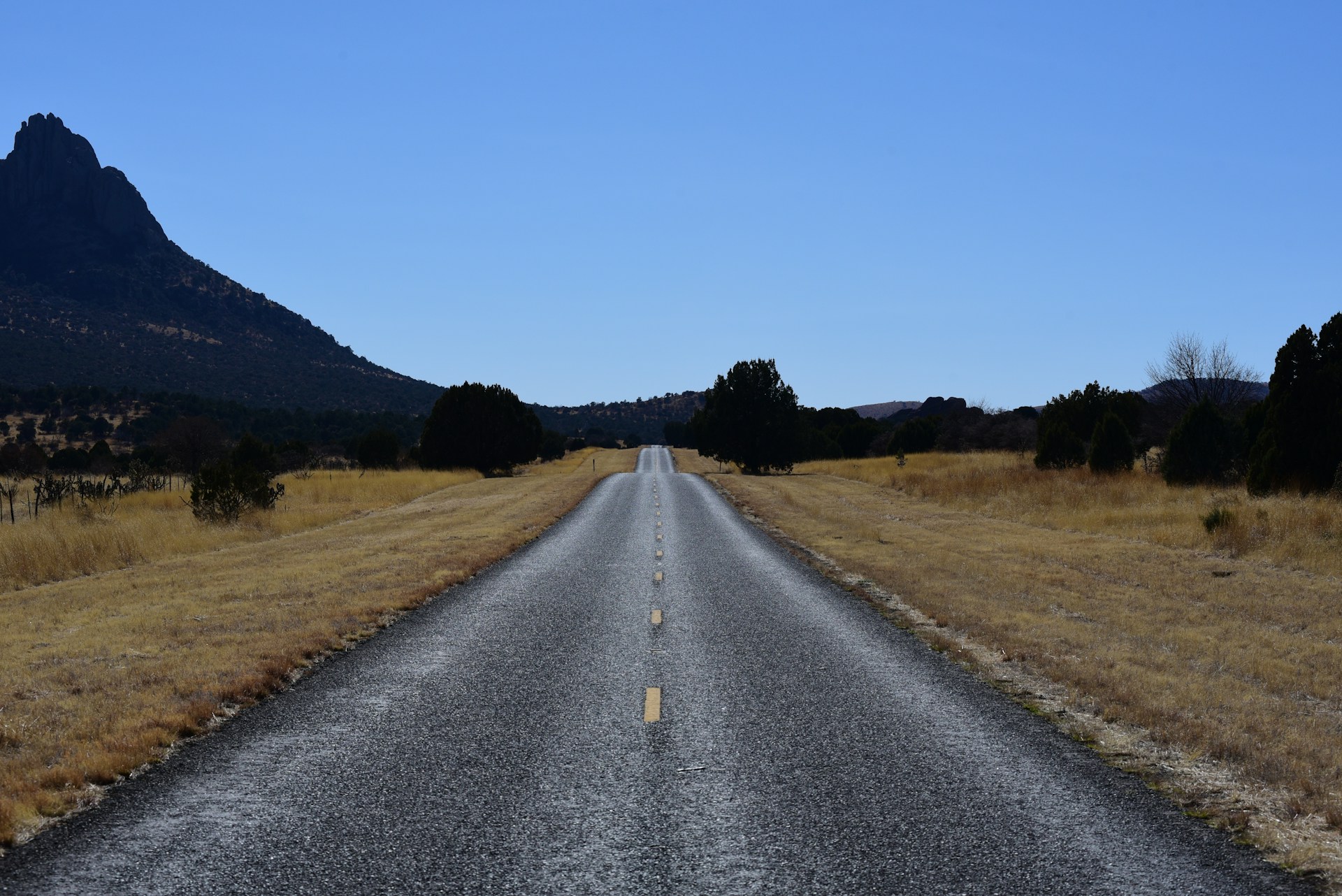
Black lava cliffs hold a frontier post that guarded the San Antonio to El Paso Road from 1854 to 1891. Restored quarters, a hospital, and a long parade ground frame the routines of soldiers and families, including Buffalo Soldiers who protected mail coaches and migrants. Trails climb for views that make the fort’s siting obvious. Afternoons can feel like a living set, except the quiet is real. Interpretation favors clarity over drama, and it works across ages.
Fort Union Trading Post, North Dakota/Montana

Above the big bend of the Missouri, a reconstructed palisade turns fur trade logistics into a walkable map. Assiniboine traders, clerks, and voyageurs moved beads, blankets, tobacco, and robes through this remote exchange from 1828 to 1867. The Bourgeois House and bastions keep the scale human, not mythic. Exhibits follow a global web that runs from prairie grass to Atlantic docks. Conversations linger because there is space to ask better questions.
Ste. Genevieve National Historical Park, Missouri
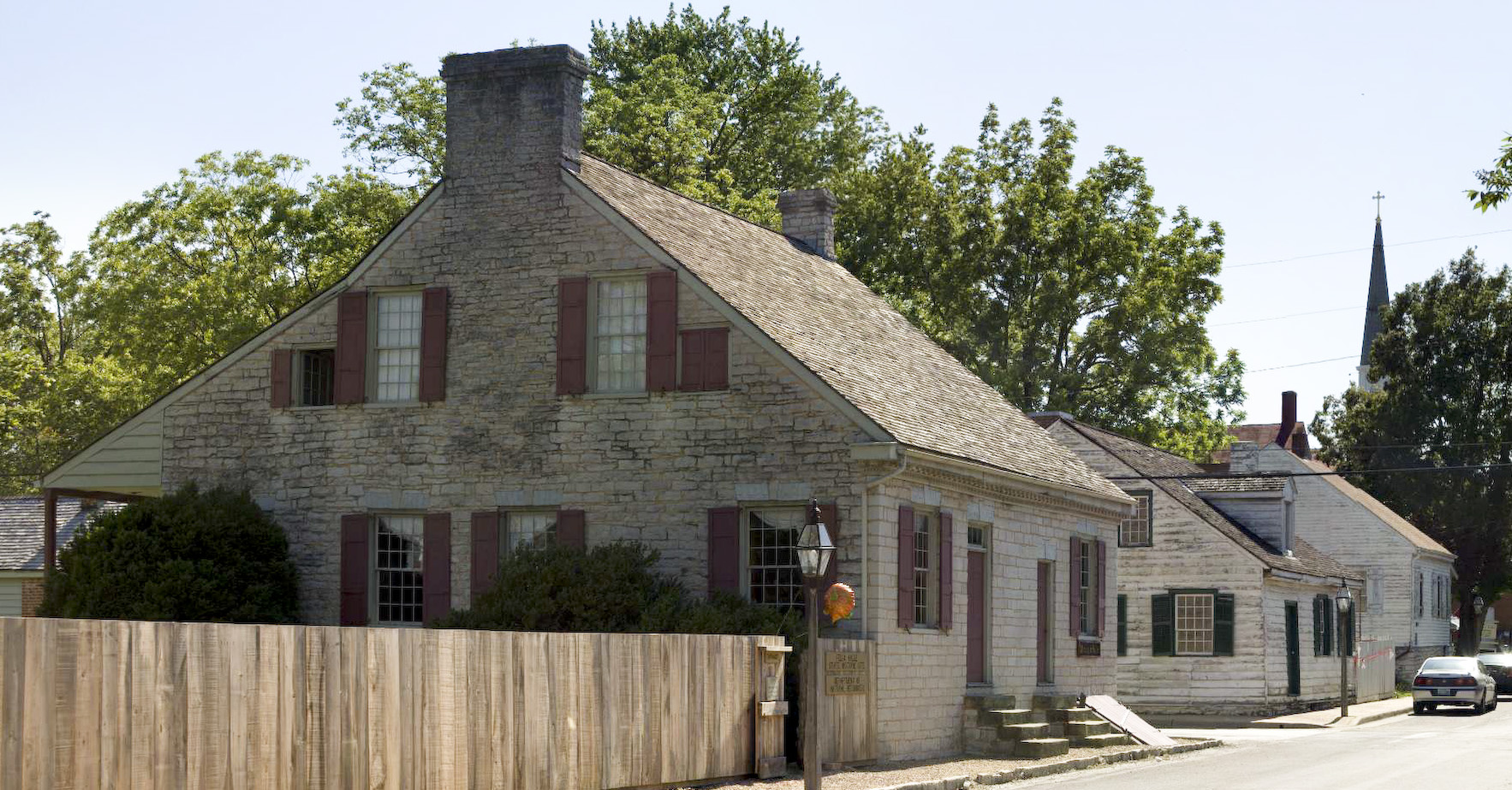
French colonial houses with vertical logs survive on quiet streets by the Mississippi. Poteaux sur sole construction reads clearly in sill beams, galleries, and steep roofs, and guides connect timber choices to floods, trade, and river clay. The Green Tree Tavern and Bauvais Amoureux House feel lived in rather than staged. Architecture here is not frozen decor; it shows a community adapting to water, heat, and time. The lesson arrives gently, then sticks.
Nicodemus National Historic Site, Kansas
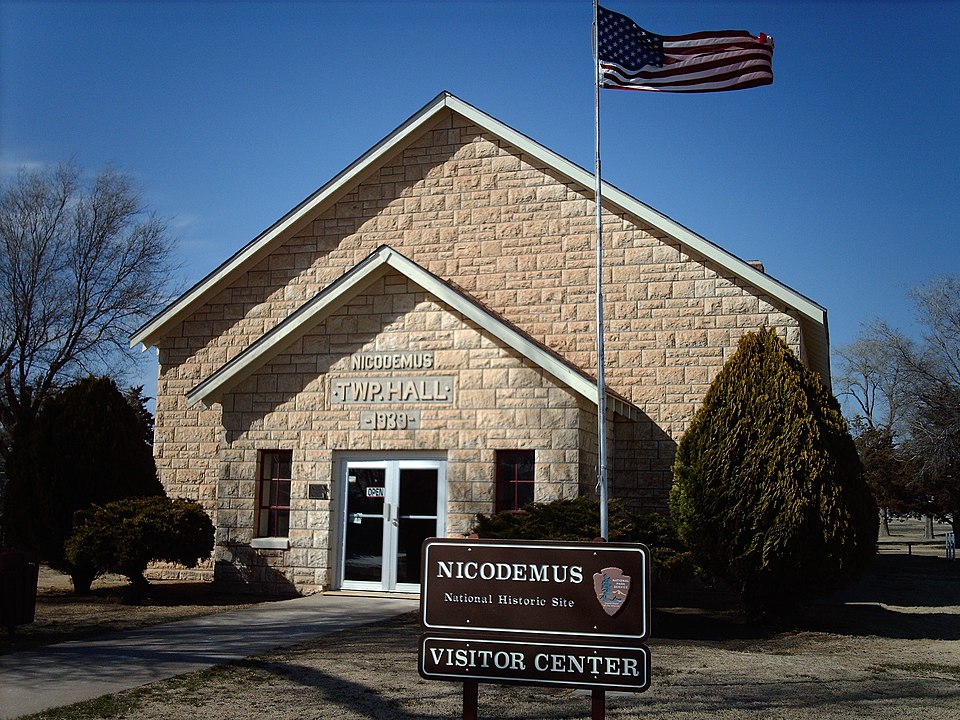
A town founded in 1877 by Black homesteaders still stands on open prairie, and that continuity changes the mood. Churches, a school, and township buildings anchor stories of migration, drought, and stubborn cooperation. Exhibits center the town company, boosters, and the slow work of staying when promises stalled. Oral histories add texture that a placard cannot. On summer evenings, the horizon does most of the talking, and the future feels present.
Washita Battlefield National Historic Site, Oklahoma
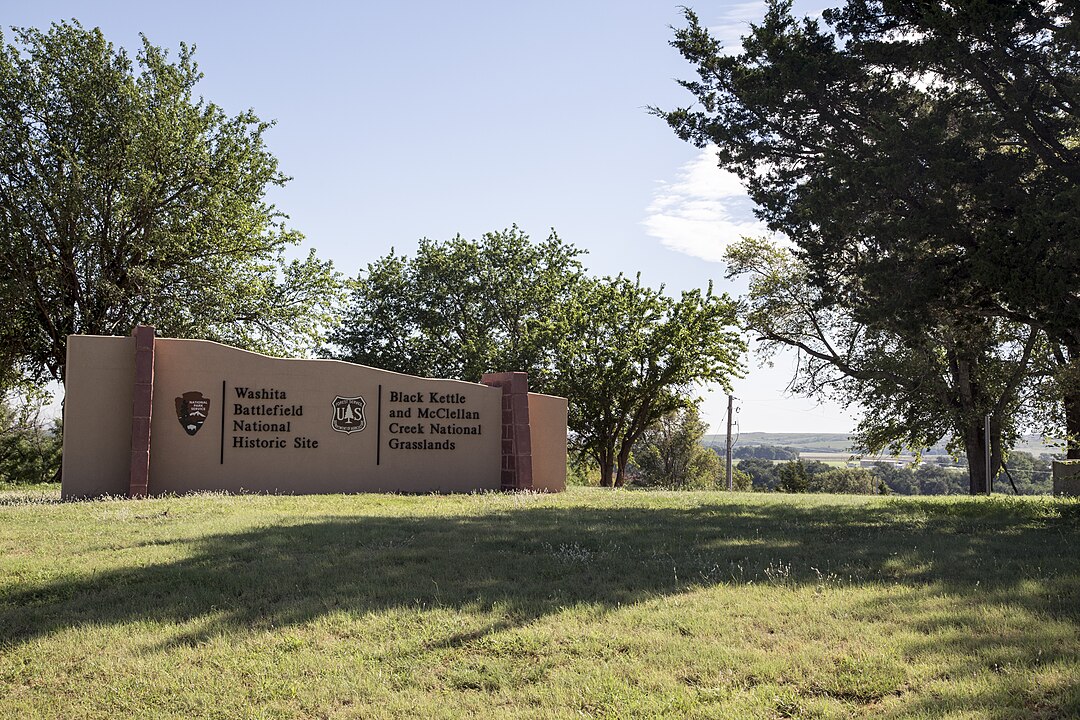
Short grass ripples over ground where a Cheyenne village led by Black Kettle was attacked on Nov. 27, 1868. Overlooks and trails invite quiet, not spectacle, while exhibits widen the frame to include raids, winter camps, and survivors. The land reads like a primary source: river bends, shelter belts, and open shots of prairie explain tactics and losses without reenactment noise. Visitors leave with names, voices, and a sense of the prairie’s long memory.
Tule Lake National Monument, California
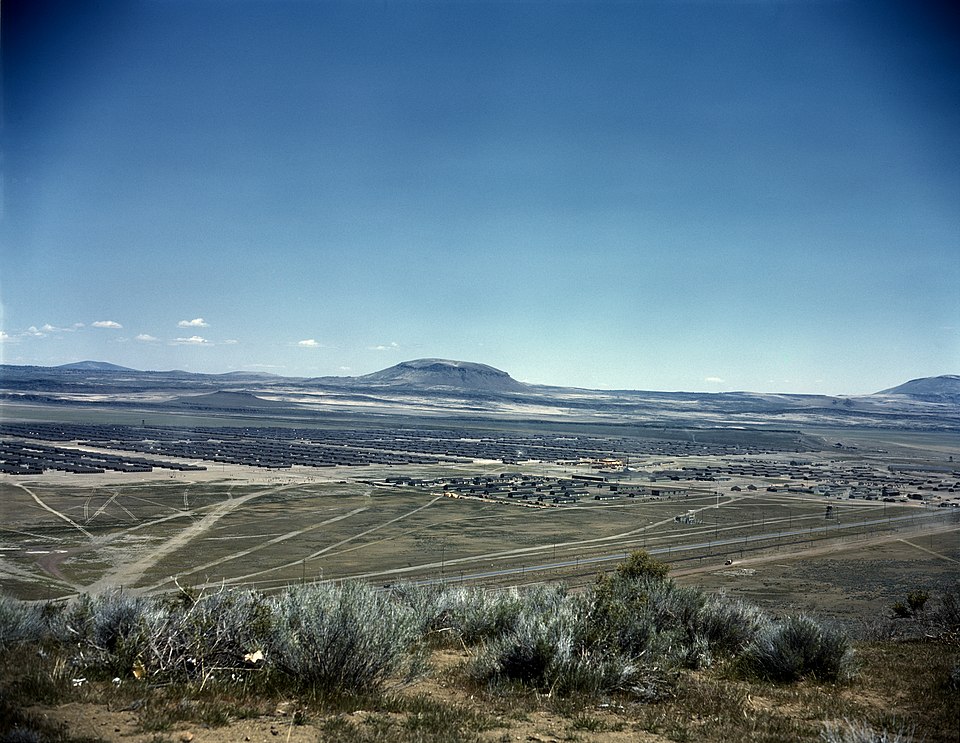
In the lava plains near the Oregon line, Tule Lake preserves the largest World War II incarceration site for Japanese Americans. Surviving buildings, foundations, and a segregation center footprint put scale to numbers that often blur in textbooks. Ranger talks link family decisions to policy shifts and later redress. The wind sets the tempo, and reflection comes easily on the open flats. Pilgrimages return each year, proof that memory is an active practice here.
Maggie L. Walker National Historic Site, Virginia
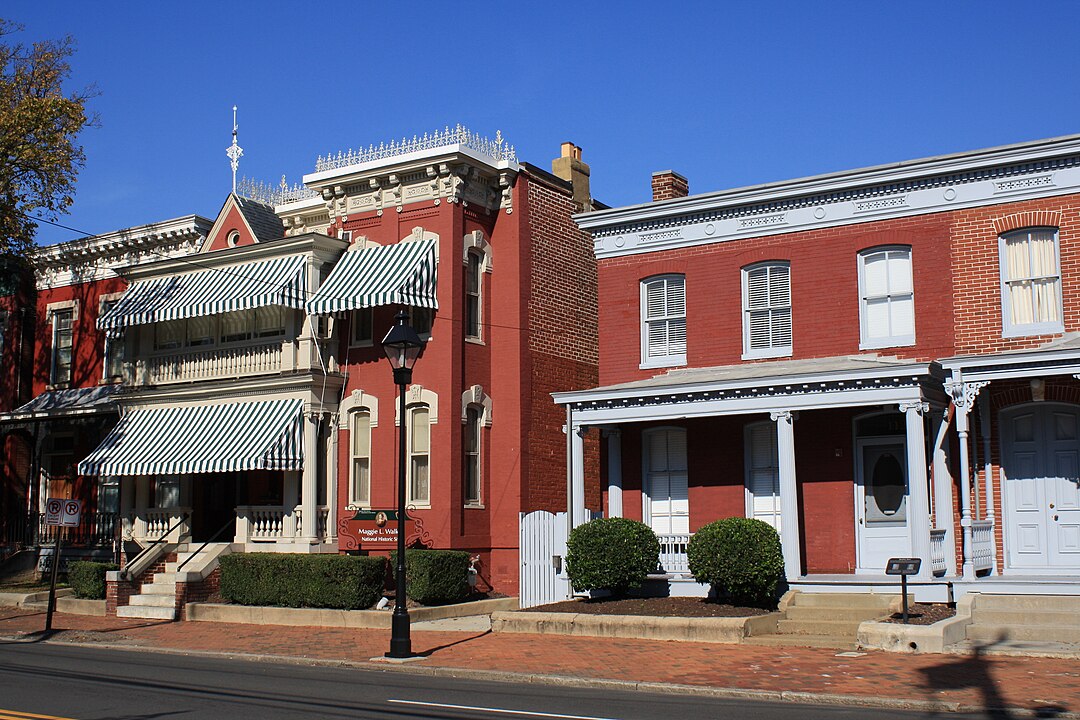
On a Richmond block, the home of a banker and organizer shows how strategy lived at the kitchen table. Maggie Lena Walker chartered and led a bank, ran a newspaper, and built civic groups that outlasted storms. Tours linger over ledgers, portraits, and tools of work that turned vision into institution. The house speaks softly and directly. Ambition looks practical, not abstract, and the city outside suddenly feels readable, navigable, and within reach.
Ninety Six National Historic Site, South Carolina
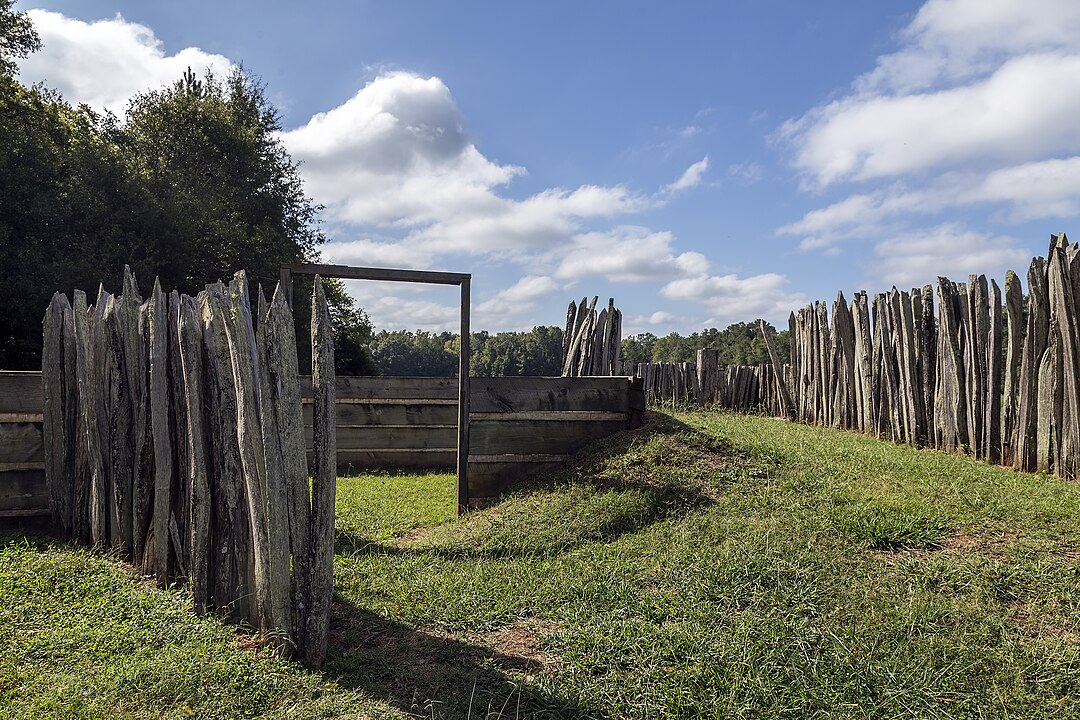
Earthen points of the Star Fort still hold the lines of the 1781 siege. Trails loop through a vanished town and along rifle trenches that cut the red clay into a lesson. Sightlines are clear enough to follow decisions by Greene and Cruger without guesswork. The visitor center keeps maps close to the ground truth, and the birds provide the soundtrack. It ends up feeling personal, not ceremonial; the ground itself decides the pace and tone. Walk a little slower and the contours start reading like a diary, each ridge a decision point marked in earth.
